Litotes
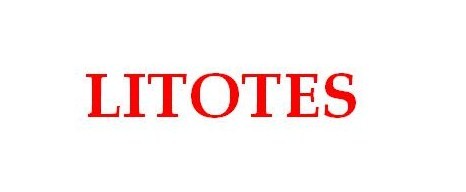
Litotes -is a figure of speech in which understatement is employed for rhetorical effect principally via double negatives.
For example, rather than saying that something is attractive (or even very attractive), one might merely say it is "not unattractive".
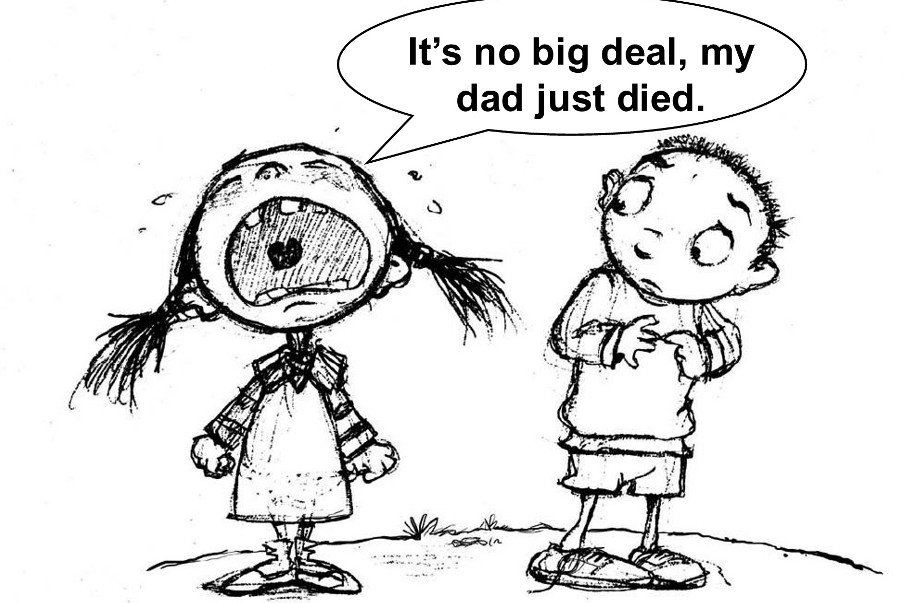
ExamplesLitotes: As a means of saying:
"Not bad." "Good."
"[...] no ordinary city." Acts 21:39 (NIV) "[...] a very impressive city."
"That [sword] was not useless / to the warrior now." (Beowulf lines 1575–1576) "The warrior has a use for the sword now."
"He was not unfamiliar with the works of Dickens." "He was acquainted with the works of Dickens."
"She is not as young as she was." "She's old."
"He's no oil painting." "He's ugly."
"Not unlike..." "Like..."
"You are not wrong." "You are correct."

Antithesis

Antithesis (Greek for "setting opposite",) is used when two opposites are introduced at the same sentence, for contrasting effect.

An example of this is the lyrics used in Katy Perry's song, Hot N' Cold.
'Cause you're hot then you're cold
You're yes then you're no
You're in then you're out
You're up then you're down
You're wrong when it's right
It's black and it's white
We fight, we break up
We kiss, we make up
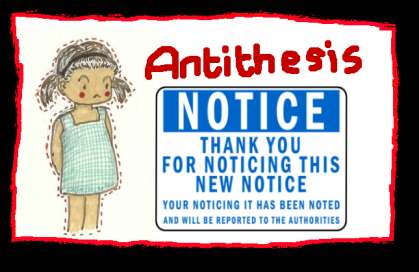
Rhetorical question
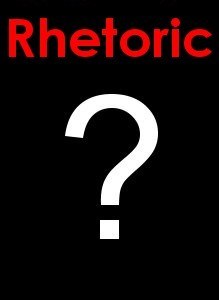
A rhetorical question is a figure of speech in the form of a question that is asked in order to make a point.
The question is used as a rhetorical device, posed for the sake of encouraging its listener to consider a message or viewpoint. Though these are technically questions, they do not always require a question mark.
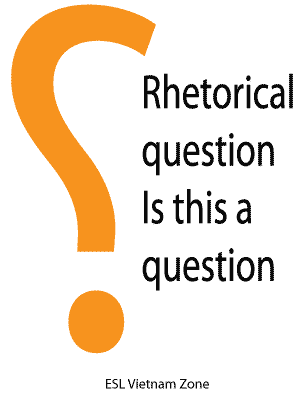
For example, the question "Can't you do anything right?" is asked not to gain information about the ability of the person being spoken to, but rather to insinuate that the person always fails.
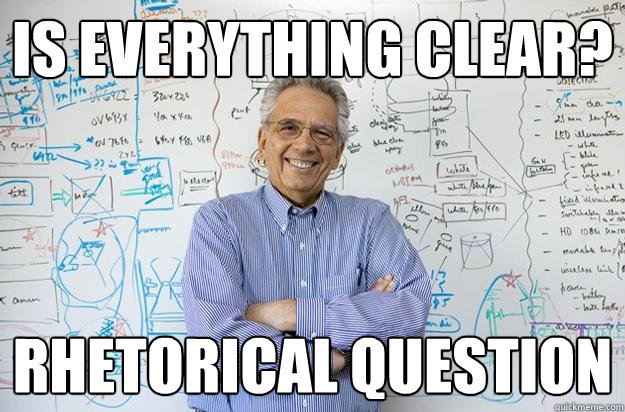
While sometimes amusing and even humorous, rhetorical questions are rarely meant for pure, comedic effect. A carefully crafted question can, if delivered well, persuade an audience to believe in the position(s) of the speaker.
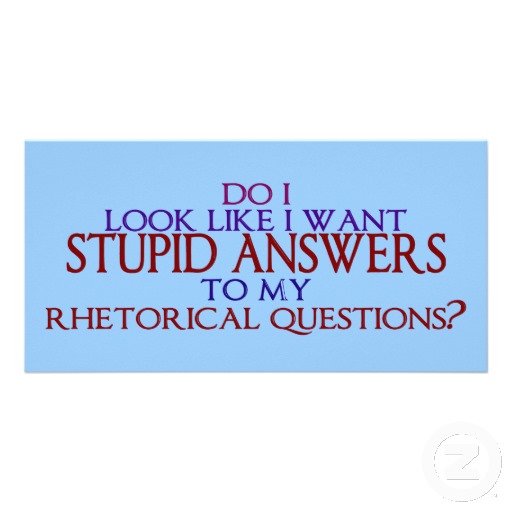
In simple terms, it is a question asked more to produce an effect than to summon an answer.
Question- in- the- narrative
Question- in- the- narrative changes the real nature of a question and turns it into a stylistic device. A question in the narrative is asked and answered by one and the same person, usually the author.
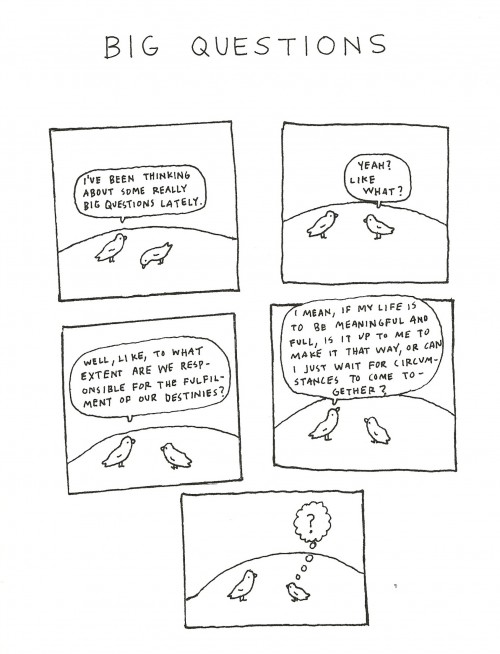
Question-in-the-narrative may also remain unanswered, as in:
"How long must it go on? How long must we suffer? Where is the end? What is the end?" (Norris)
These sentences show a gradual transition to rhetorical questions. There are only hints of the possible answers. Indeed, the first and the second questions suggest that the existing state of affairs should be put an end to and that we should not suffer any longer. The third and the fourth questions suggest that the orator himself could not find a solution at the problem.
Break-in-the-narrative
Break-in-the-narrative a break of a sentence for a rhetorical effect( to reflect emotional and the psychological state of the speaker)
Sudden break in the narration has the function to reveal agitated state of the speaker.
e. g. On the hall table there were a couple of letters addressed to her. One was the bill. The other...
There are 3 ways of reproducing character's speech.
1) direct speech;
2) indirect speech (reported speech)
3) represented speech.
Polysyndenton
Polysyndeton is the use of several conjunctions in close succession, especially where some might be omitted (as in "he ran and jumped and laughed for joy"). It is a stylistic scheme used to achieve a variety of effects: it can increase the rhythm of prose, speed or slow its pace, convey solemnity or even ecstasy and childlike exuberance.
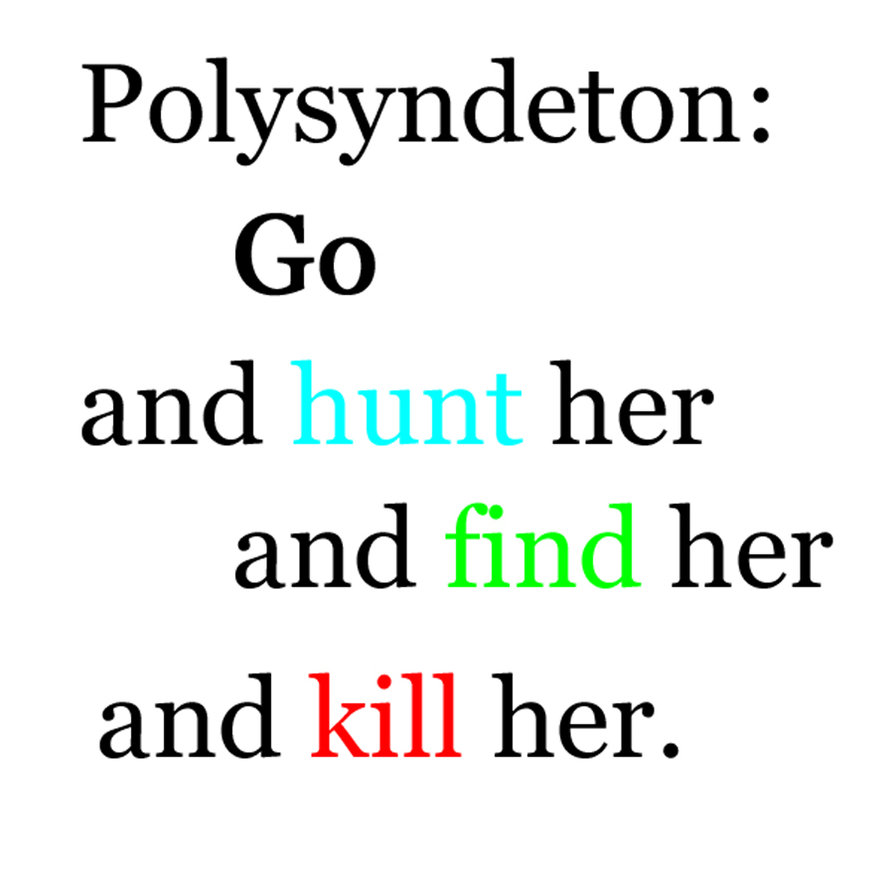
Another common use of polysyndeton is to create a sense of being overwhelmed, or in fact directly overwhelm the audience by using conjunctions, rather than commas, leaving little room for a reader to breathe.
Examples Of Polysyndeton:
We have ships and men and money and stores.
He ran and jumped and laughed for joy.
We lived and laughed and loved and left.
They read and studied and wrote and drilled. I laughed and played and talked and flunked.
You wouldn't believe how many exams I've got. I've got semantics and pragmatics and sociolinguistics and psycholinguistics and syntax.
Asyndenton
Asyndeton (from the Greek: ἀσύνδετον, "unconnected", sometimes called asyndetism) is a stylistic scheme in which conjunctions are deliberately omitted from a series of related clauses.
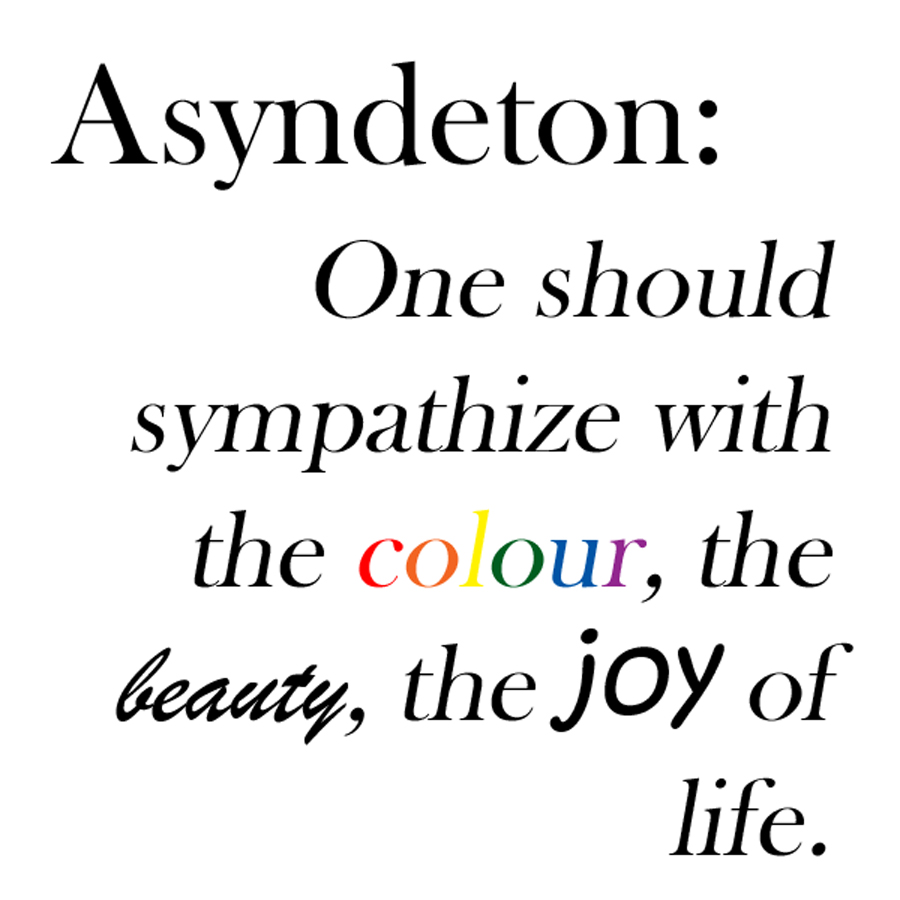
Examples are veni, vidi, vici and its English translation "I came, I saw, I conquered". Its use can have the effect of speeding up the rhythm of a passage and making a single idea more memorable.

Aristotle also believed that asyndeton can be used effectively in endings of works, and he himself employs the device in the final passage of the Rhetoric:
"For the conclusion, the disconnected style of language is appropriate, and will mark the difference between the oration and the peroration. 'I have done. You have heard me. The facts are before you. I ask for your judgement'". Aristotle, Rhetoric, Book III, Chapter 19 (trans. W. Rhys Roberts).
Climax
Climax is an arrangement of sentences (or of the homogeneous parts of one sentence) which secures a gradual increase in significance, importance, or emotional tension in the utterance.
1.Logical based on the components relative logical importance.
2.Emotional based on the relative emotional extension produced by the components.
3.Quantative based on the relative increase in the volume/size of the components.
4.Negative based on the absence of a substance/quality, the components being arranged in the descending order.
Anticlimax
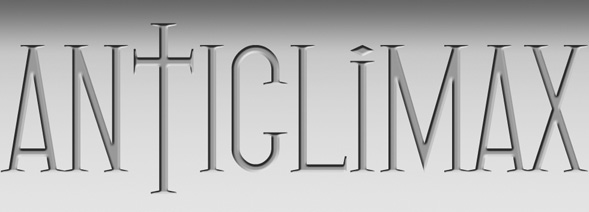
Anticlimax-this is a stylistic device which involves a humorous descent from something serious or dignified to something frivolous or trivial.

